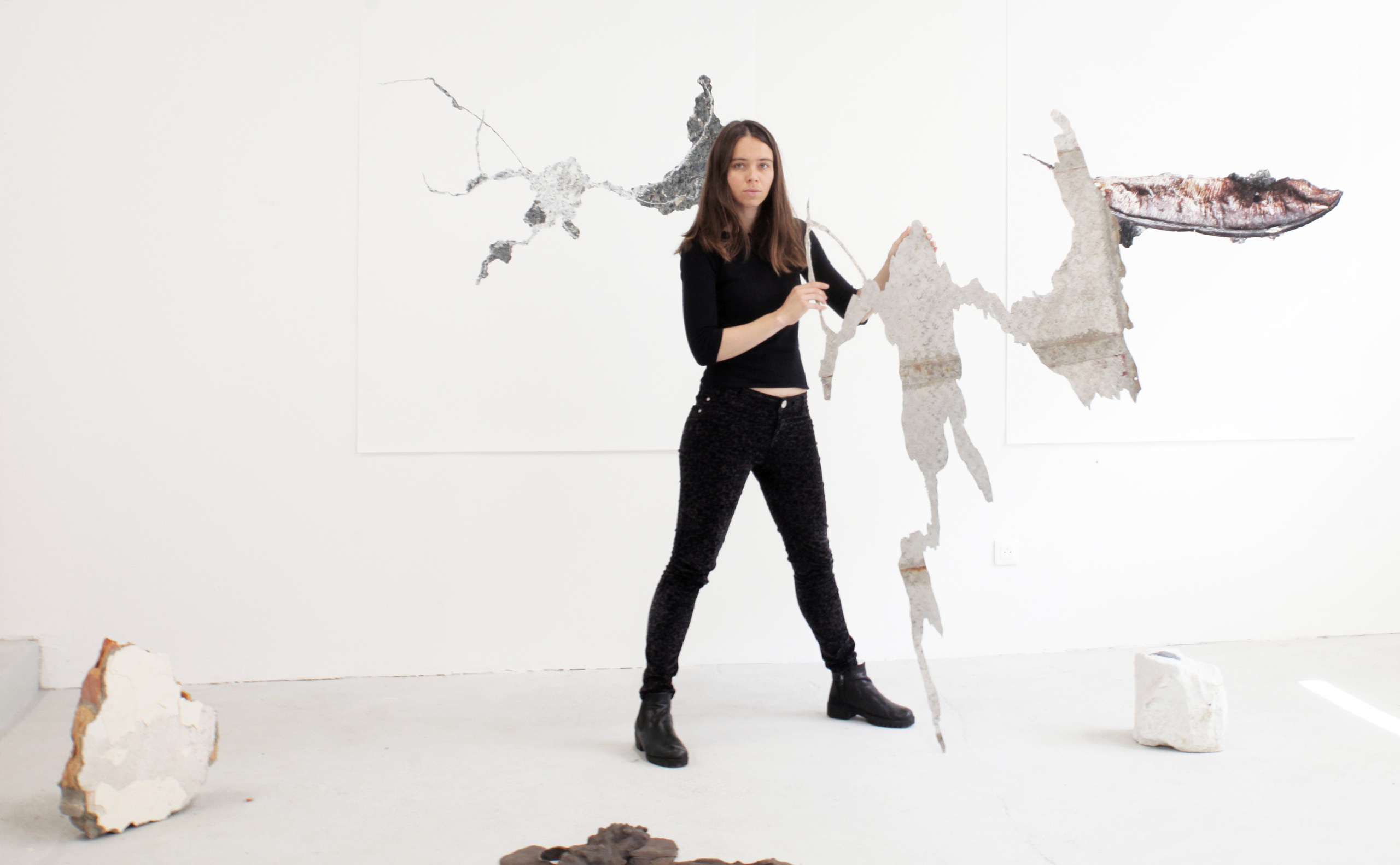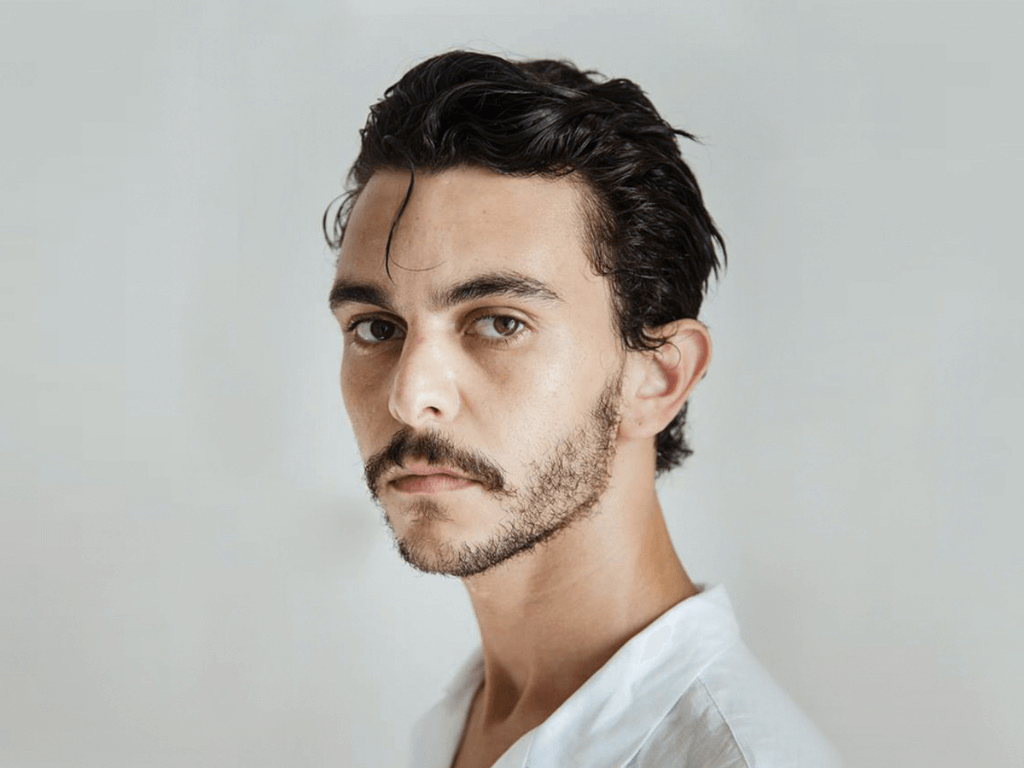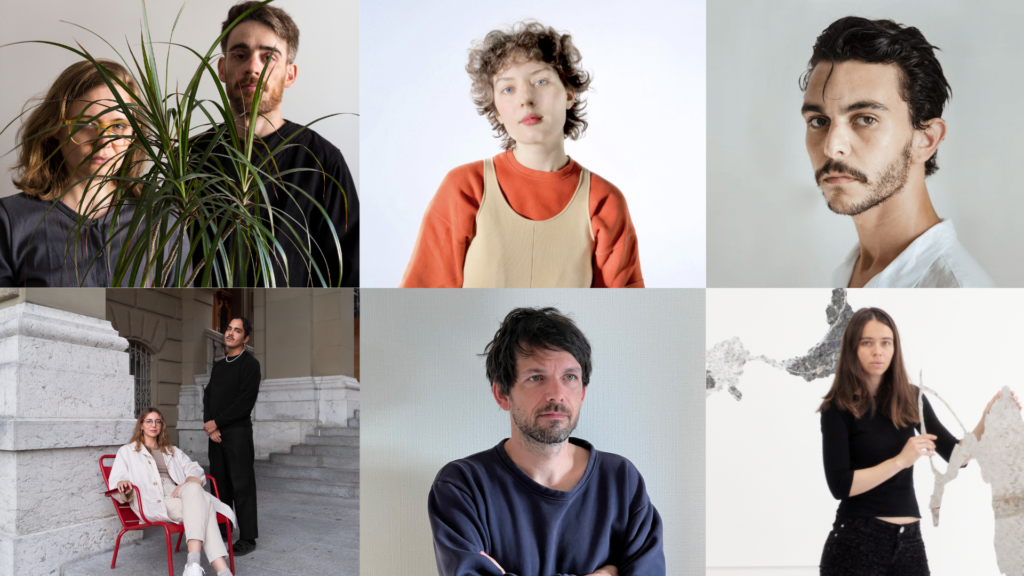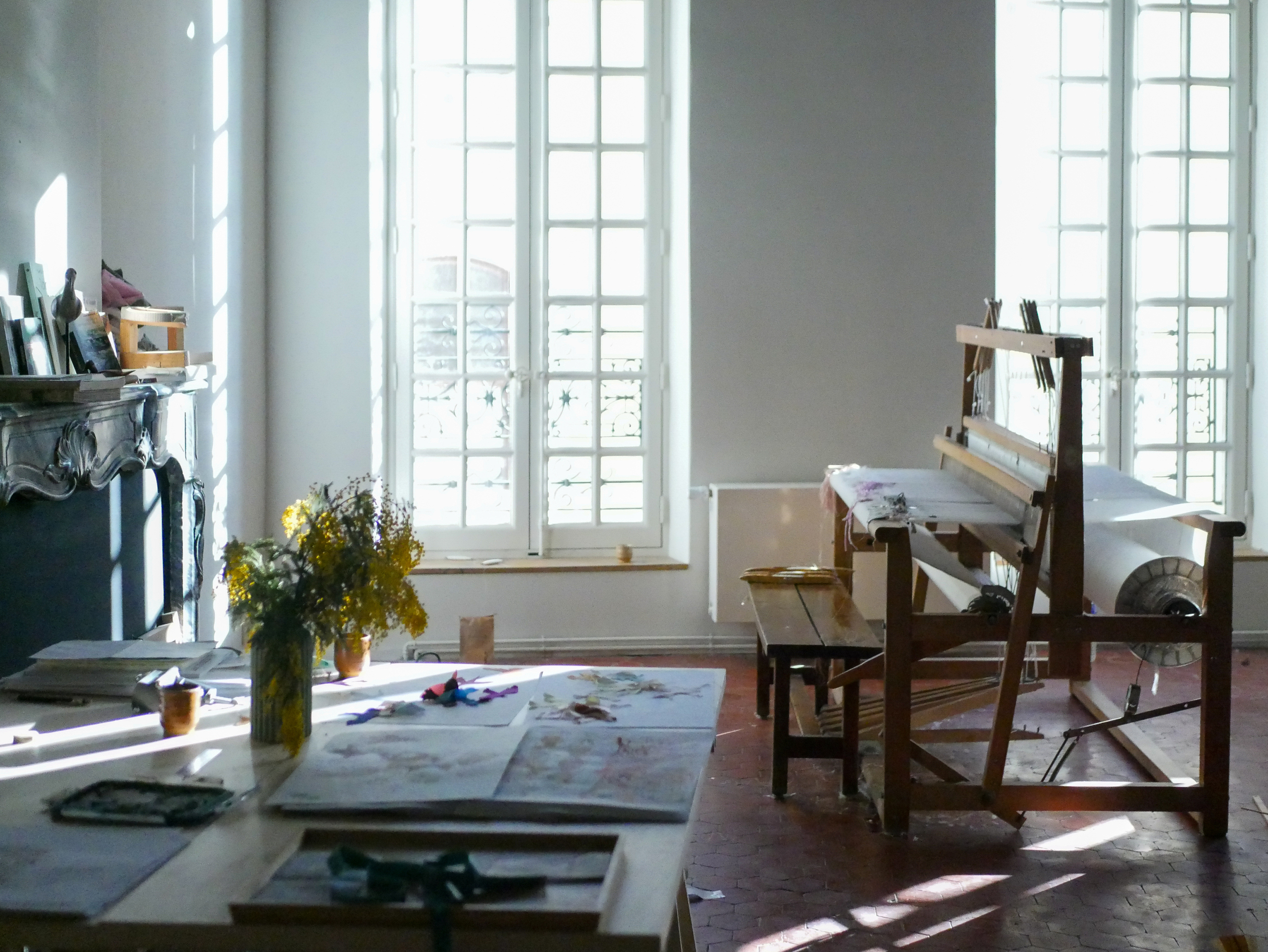
Research residency
Anna TOMASZEWSKI
Visual arts & creative writings
Using gleaned elements – found objects, geological concretions, and residues – Anna Tomaszewski follows the leads given by the material, which she extends, distils and amplifies to create sculptures, installations and performances. Her works, which are fragmentary compositions, material and poetic ecosystems, invite us to navigate our own gaze and senses. By exploring and connecting materials and worlds, organic and inorganic, natural and artificial, human and non-human, the artist observes details and connections between universes, micro- and macroscopic, terrestrial and subterranean, earthly and cosmic. Anna works with fragmentation, relationships, empty and full spaces to compose her works, which take the form of constellations in which objects are linked, timeframes are merged and braided together, and the long, ancient, deep duration of things seems to be fossilised: the future and distant elsewhere of space rocks, extra-terrestrial geology, as well as the present of our earthly world, transformed and degraded by the exponential accumulation of production, plastics and pollutants. There are so many biological, technological, ecological, and philosophical upheavals that the artist’s work explores and exposes – pieces that are open, in process, and in (re)composition.
Anna reads materials. She is interested in the beginnings of fiction that she finds in some of the rocks that she comes across, for example, or in the remains of an object that she has gleaned somewhere. The ecosystems she imagines are ways of hybridising material worlds, complexifying the oppositions between nature and culture, and the now increasingly blurred distinctions between the pure and the synthetic. She came to Brussels with the intention of continuing her research into plastiglomerates. These materials, formed by the agglomeration of plastics (produced by human activities) and rocks in the soil, are now considered semi-natural sedimentary rocks; in other words, they are composed of all manner of natural materials, such as volcanic rock, sand, and shells, and in which plastic residue infiltrates to form a new substance. Plastiglomerates are the product of the degradation and assimilation of pollution. For scientists, they mark the beginning of a new geological cycle, that of plastic. As a symbol of the anthropocene era, this new type of rock inspires Anna, as it points to so many different things at once, yet it can never have a single definition: the result of a chemical contamination of the soil, these rocks are also geological “monsters”, as well as the product of a certain resilience of our ecosystems. Inspired by the indeterminate status of these materials, Anna wanted to work with Le Bel Albatros, the recycling workshop located in the town of Anderlecht, close to Brussels. There, she was able to experiment with a series of plastic materials, collected objects, and a variety of techniques. In particular, she used thermoforming to produce a series of plastic rocks, like synthetic meteorites that form a luminous and fascinating constellation whose materiality is both unclear and futuristic.
_____
The project of Anna Tomaszewski (1989, France), a Franco-Polish artist, is an extension of her work of gleaning, a practice which consists in recycling fragments/detritus. Inspired by entropy, she develops a sculptural practice by moving existing spaces towards other ecosystems and perceptions. By probing the interstice between the known and imaginary worlds, she unearths fragments that are catalysts for new spaces and new fictions. In 2014, she was awarded the Prix de la jeune création by the city of Nice. Selected for Jeune Création and the Salon de Montrouge, her work has been exhibited in various venues including La Villette, the Fiminco Foundation, the Villa Belleville, 22.48 m2, the Cetraro gallery, as well as the Ciap de Vassivière, the Villa Arson and the Espace d'art contemporain Les Roches.
Yann Chateigné Tytelman, guest curator for the 2024 residency, will be guided laureates over the course of working sessions.





